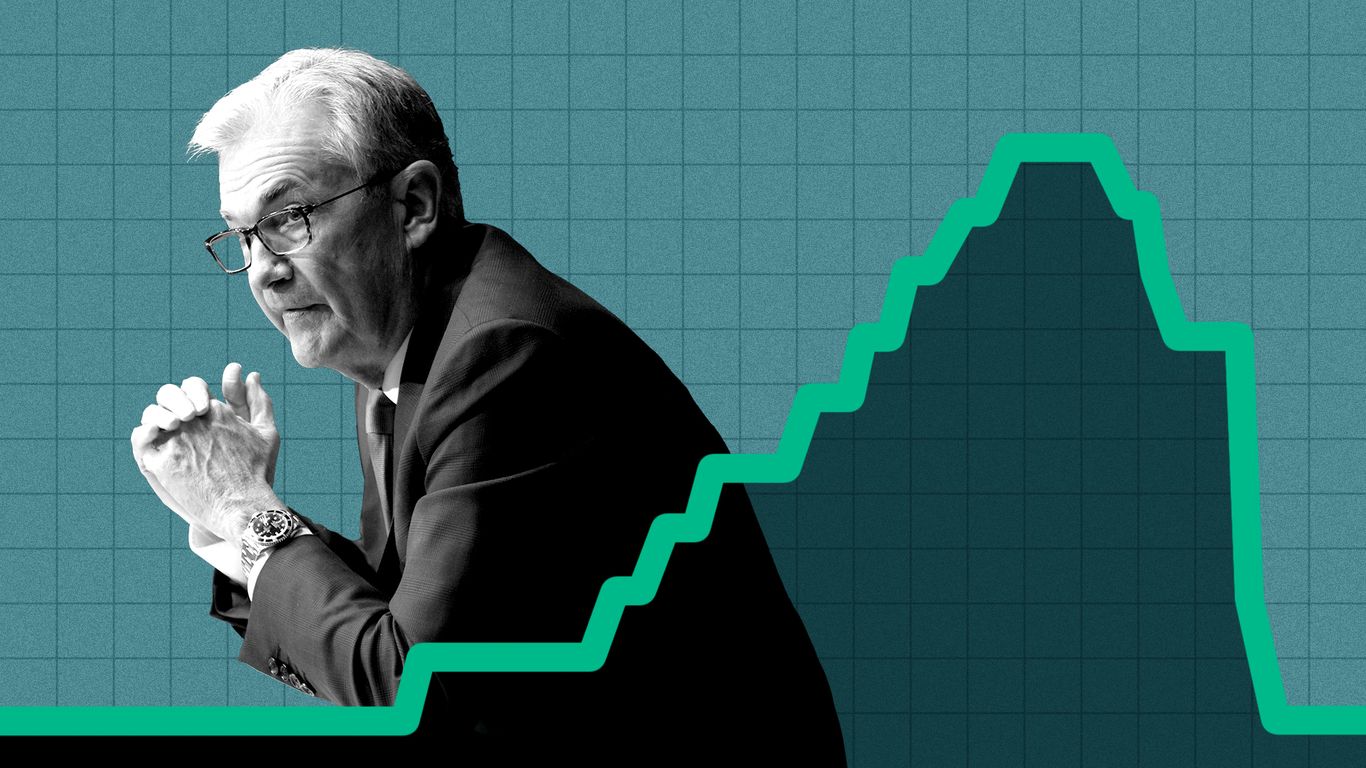
"There's not going to be a swift return to the near-zero interest rate environment of recent years, Savita Subramanian, head of U.S. equity and quantitative strategy at Bank of America, tells Axios. The central bank's neutral rate will look more like that of the 1980s and 1990s. The market may need to "recalibrate everything to acknowledge that rates are likely to remain at higher levels," she says. The market is not priced for that right now, she adds."
"Reality check: "The Fed is risking a policy mistake," the Bank of America macro team wrote in a note after the speech. There are signs that the economy is accelerating, the note said, meaning that current labor market weakness could rebound. Simultaneously, the inflation picture "has not improved since the Fed started cutting last year." This could result in the central bank reducing rates prematurely, or reducing rates, but then having to pause before lowering them again."
The central bank's neutral rate is expected to resemble levels from the 1980s and 1990s, implying a higher-for-longer interest rate environment. Markets are currently not priced for sustained higher rates and may need to adjust expectations. Bank of America warns that accelerating economic signs could reverse labor market weakness while inflation has not improved since rate cuts began, raising the risk of a policy mistake. Premature rate reductions could force the Fed to pause or reverse cuts. The Fed remains data dependent, and upcoming jobs and inflation data will determine whether rate cuts proceed.
Read at Axios
Unable to calculate read time
Collection
[
|
...
]